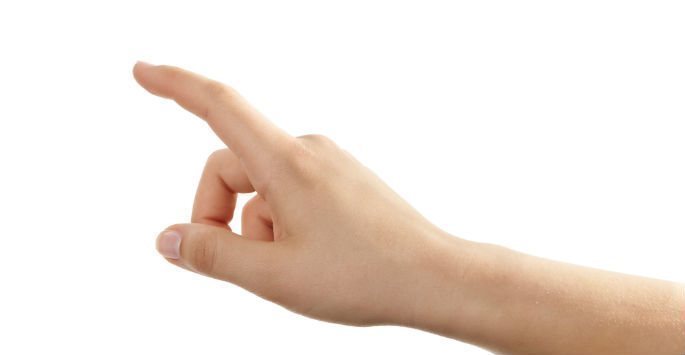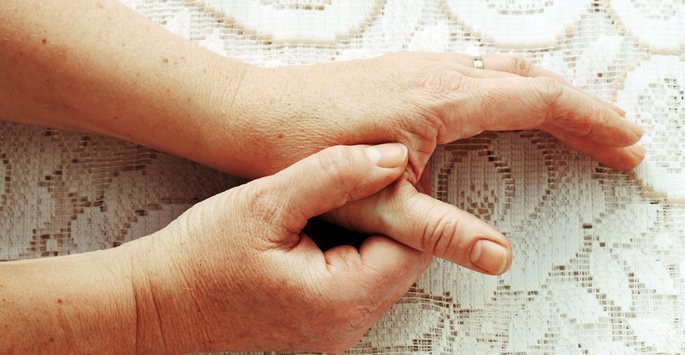Trigger finger is a condition that causes the fingers, and sometimes the thumb, to have a tendency to lock in place when they are bent. It is sometimes accompanied by popping and cracking while attempting to bend or straighten the fingers. In addition, it can be very painful at times.
Running through the fingers, just like in other parts of the body, are tendons that serve the purpose of connecting muscle to bone. These tendons will slide through a sheath, which is tissue that covers the tendon. The sheath contains a lubricating membrane to help the tendon move more easily. Trigger finger can develop when these tendons become inflamed. When this happens, the tendons can become swollen. This makes it harder for the tendon to move through the sheath. When this goes on for a period of time, the sheath can develop scar tissue, the result of which is a narrowed opening for the tendon to slide through. The resulting difficulty can cause popping and cracking as the tendon is pulled through restricted space.
Trigger finger can be caused by one of several factors. Health conditions like gout, diabetes or rheumatoid arthritis can lead to its development. It can also be caused by repetitive motion, especially if the motion is accompanied by forceful gripping. Sometimes, it becomes so hard to straighten the fingers that the other hand must be used to help.
If you suspect that you might have trigger finger, our team can perform a diagnosis rather easily. Once trigger finger is diagnosed, treatment may be done by a variety of methods. Usually, we will start with more conservative measures and progress to more extensive treatments only if the conservative methods do not work.
Trigger finger treatment may involve the use of a splint, anti-inflammatory medications or steroid injections, among other things. Often times, a combination approach is taken. If these more conservative measures don’t get the job done, surgery may be the next step. Most people, however, will not need surgery, but this obviously depends on the situation. The recovery time and results depend on the severity of the condition.
If you suspect that you may be developing trigger finger, you should seek help from the team at Arora Hand Surgery sooner rather than later. This will improve your chances of having success with conservative treatments. Our offices are located in West Bloomfield, Howell, Warren, and Macomb. Contact us today to schedule a consultation!
















